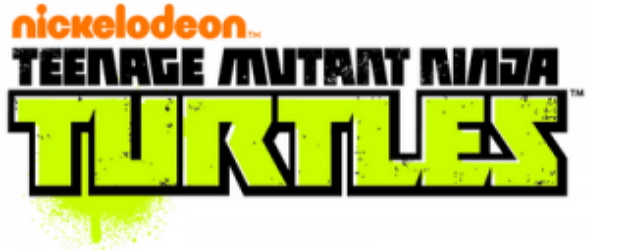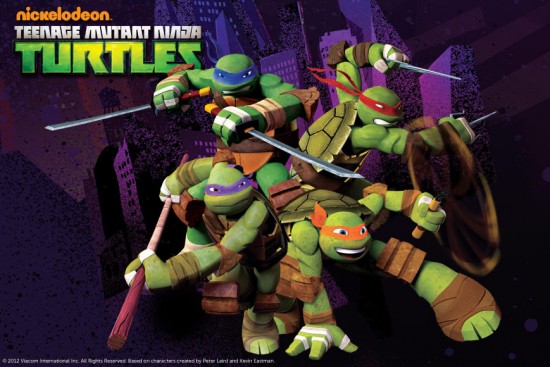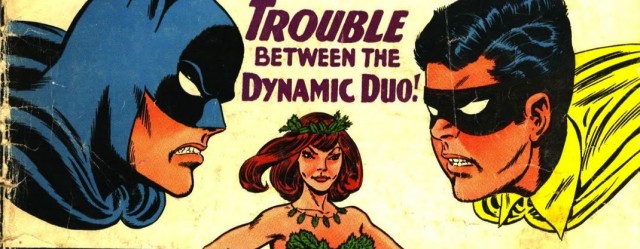Following fast on the heels of their successful relaunch in the comic book realm via IDW, the seemingly immortal Teenage Mutant Ninja Turtles franchise’s media blitz hit the small screen Saturday with the series opener of Nickelodeon’s “TMNT: Rise of the Turtles Part I.”
Whether you love ‘em, hate ‘em, or are apathetic toward them, there is no question that since its introduction in 1984 to American popular culture, the Teenage Mutant Ninja Turtles franchise has attained icon status. One of the highest hurdles to clear for those who are relaunching, revamping, or reintroducing a long-running series in any visual medium is how to smoothly mix the old standbys that have made it so successful and recognizable over the years, with new ideas, characters, and stylistic changes necessary to justify the relaunch. This becomes incrementally difficult to accomplish the longer the series runs and the number of times it’s been revamped, repackaged, and relaunched.
“TMNT: Rise of the Turtles Part 1” gives audiences a relatively unique animation style, with its blending of stop motion and CGI, sort of a hybrid, or mutant (pun intended) offspring of Wallace & Gromit and Star Wars: The Clone Wars.
The Turtles themselves – Leonardo, Michelangelo, Raphael, and Donatello – look pretty much the same as they always have, except for the claymation-style animation. Interestingly, the most noticeable changes to the Turtles’ individual characteristics and personalities comes from the incredible casting coup Nickelodeon pulled off to voice the team:
Jason Biggs (American Pie) is Leonardo;
Sean Astin (Lord of the Rings) is Raphael;
Greg Cipes (Iron Fist on Ultimate Spider-Man) is Michelangelo;
Rob Paulsen (Animaniacs and Raphael on the TMNT cartoon in 1987) is Donatello.
Fans old and new will enjoy this fresh take on what could have easily been a stale rehash, relying only on familiarity to sell the product. The story line is full of the Turtles’ classic blending of lighthearted humor amid eye-popping, heart-thumping action scenes. Familiar secondary characters, like Master Splinter, Kraang (used to be Krang in the 1980s version), and April round out the cast, and give this new series just the right amount of authenticity and continuity to reward long-time fans, but not so much as to alienate newcomers.
Get your TMNT fix at nick.com: Rise of the Turtles part I and Rise of the Turtles part II.
Kevin P. Hanson
kevin@comicattack.net



